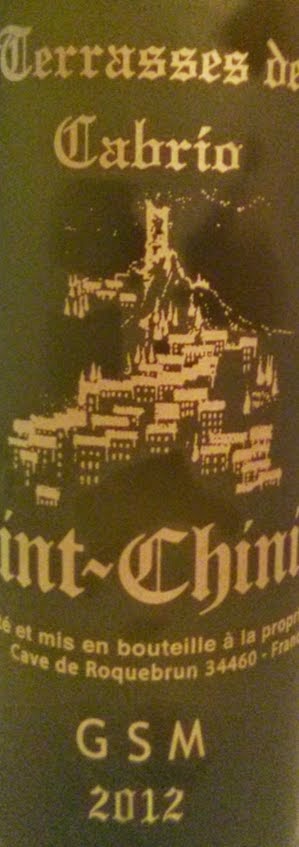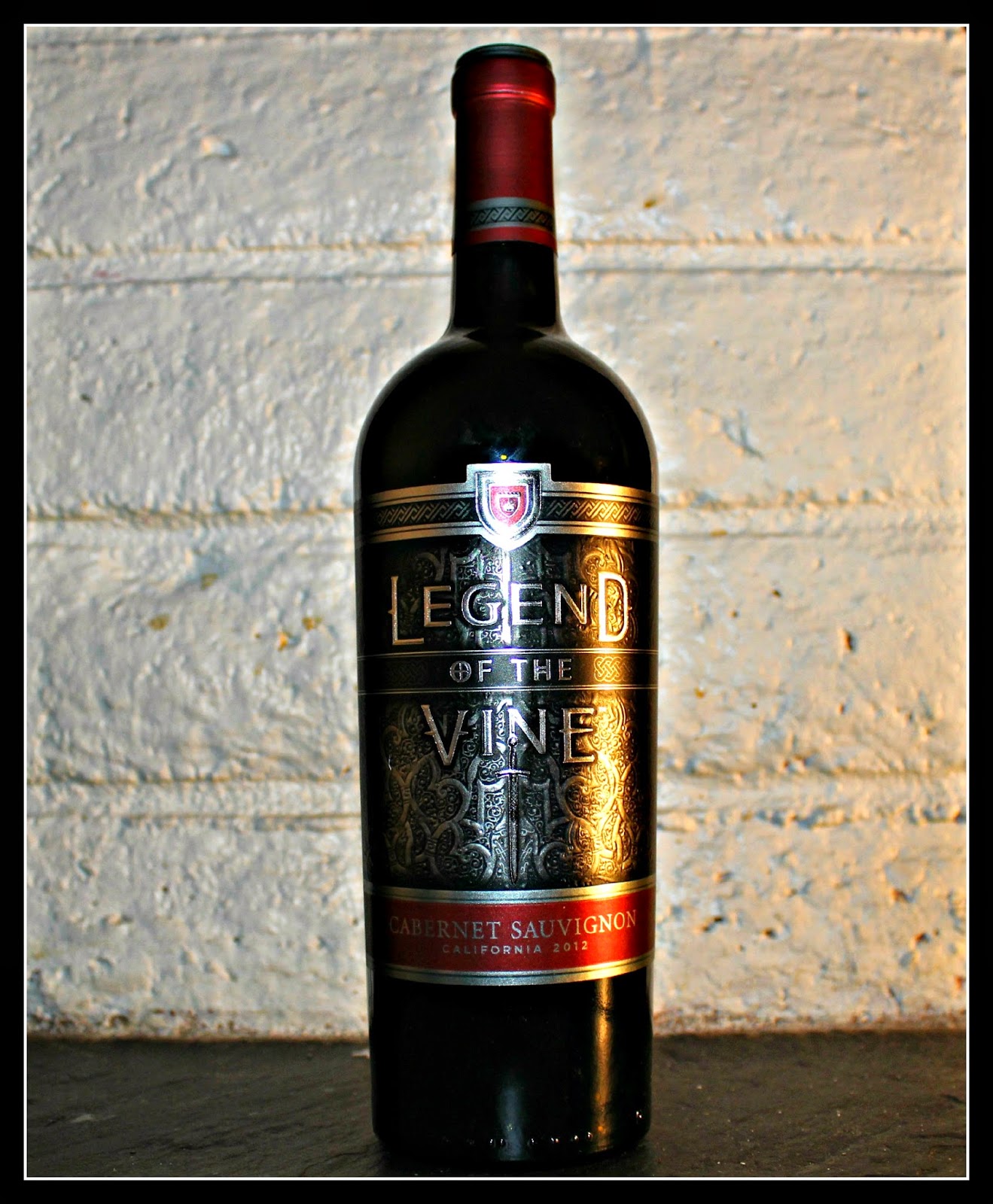Sogno di Vino literally translates as “to dream of
wine” and is located in San Diego’s bustling Little Italy district. It is an artistically
designed establishment that offers multiple seating arrangements for private
dining, living room socializing or night air patio eating. The southern wall is
erected with considerable care as a scone lighted stone replica that contributes
to the overall Renaissance decor. The
ambience lighting is low and advances a more elegant feeling while the music is
just loud enough to create a soothing white noise to cover those awkward pauses
in conversation.
The wine list is extensive and provides red, white
and bubbles varieties. You may want to
try a white Feudo disisa Grillo from Sicily or a red Protos Tempranillo from
Spain. Consider a Riesling with their Smoke Salmon salad made with bed of fresh
spinach with orange slices, pecans and cherry tomatoes tossed in our orange
vinaigrette. Another option is the Sauvignon Blanc matched with the Cheese
Plate consisting of artisan cheeses served with accompaniments and a variety of
toasted artesian breads and crackers.
Sogno di Vino does well in blending their atmosphere
with their offerings to appeal to a trendy and fashionable crowd. Your Gorgio
Armani won’t be a waste here. Customers are willing to pay for exceptional offerings
in terms of food,
service, fine cuisine, restaurant interior, friends, and the opportunity to be
with customers cut from the same cloth (Andersson & Mossberg, 2004). At Sogno
di Vino birds of a feather flock together to create a wine lovers paradise.
Their extensive wine list is also a benefit to the
enhancement of customer satisfaction. The type of cocktails and size of the
wine list complements and enhances the overall impression of the restaurant (Flaherty, 2014). Their core customers like to taste a variety
of wine and try some of the exotic items on the list to explore their wild side.
By both California and foreign varieties customers can experience the subtle
impressions of the true wine tasking experience.
Wine imports and local production are sold through
complementary interests. Nearly 90% of imports come from five countries of Italy, France, Spain, Australia, and
Chile (Seale, et. al., 2003). This doesn’t seem to hurt American growers as
local production increases more to meet the overall need. The restaurant is contributing
to both markets through their domestic and foreign wine menu.
Sogno di Vino is located in an area known for its
Italian background that fits with its trendy and artistic décor. Their wine
list is extensive and provides both American and imported wine offerings to
maintain market appeal. The atmosphere is an enhancement and blends best
practices to create a busy but social atmosphere. Sit under the low lighting
and strike up a conversation while picking over a cheese plate or salmon salad
that pairs with your wine selection.
Sogno
di Vino
1607 India St,
San Diego, CA 92101
Andersson, T. & Mossberg, L. (2004). The dining
experience: do restaurants satisfy customers needs? Food Service Technology, 4 (4).
Flaherty, D. (2014). Setting the stage: bar menus that
enhance your brand. Nation’s Restaurant
News, 49 (7).
Seale, et. al. (2003). Imports versus domestic
production: a demand side analysis of U.S. red wine market. Review of Agricultural Economics, 25
(1).



